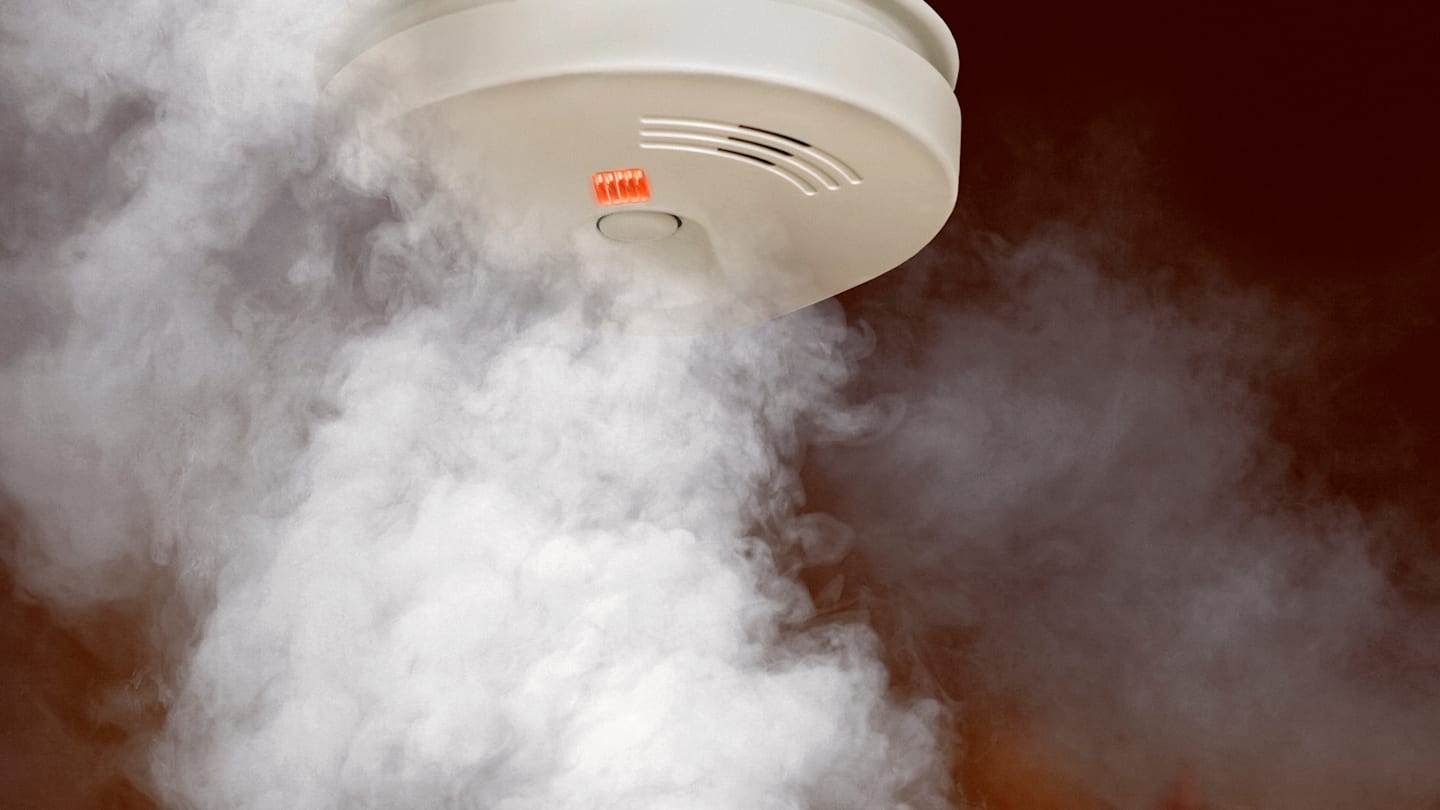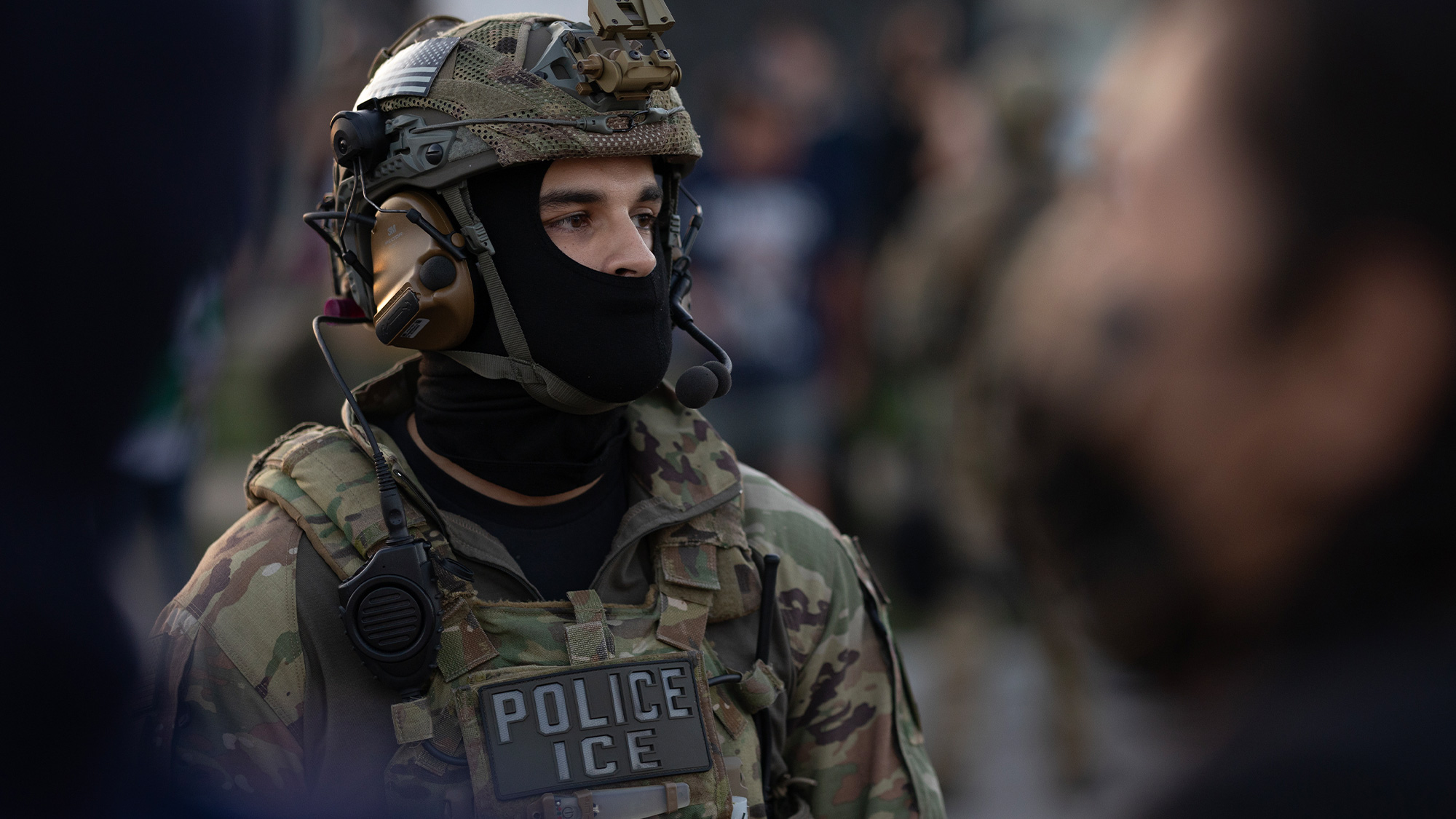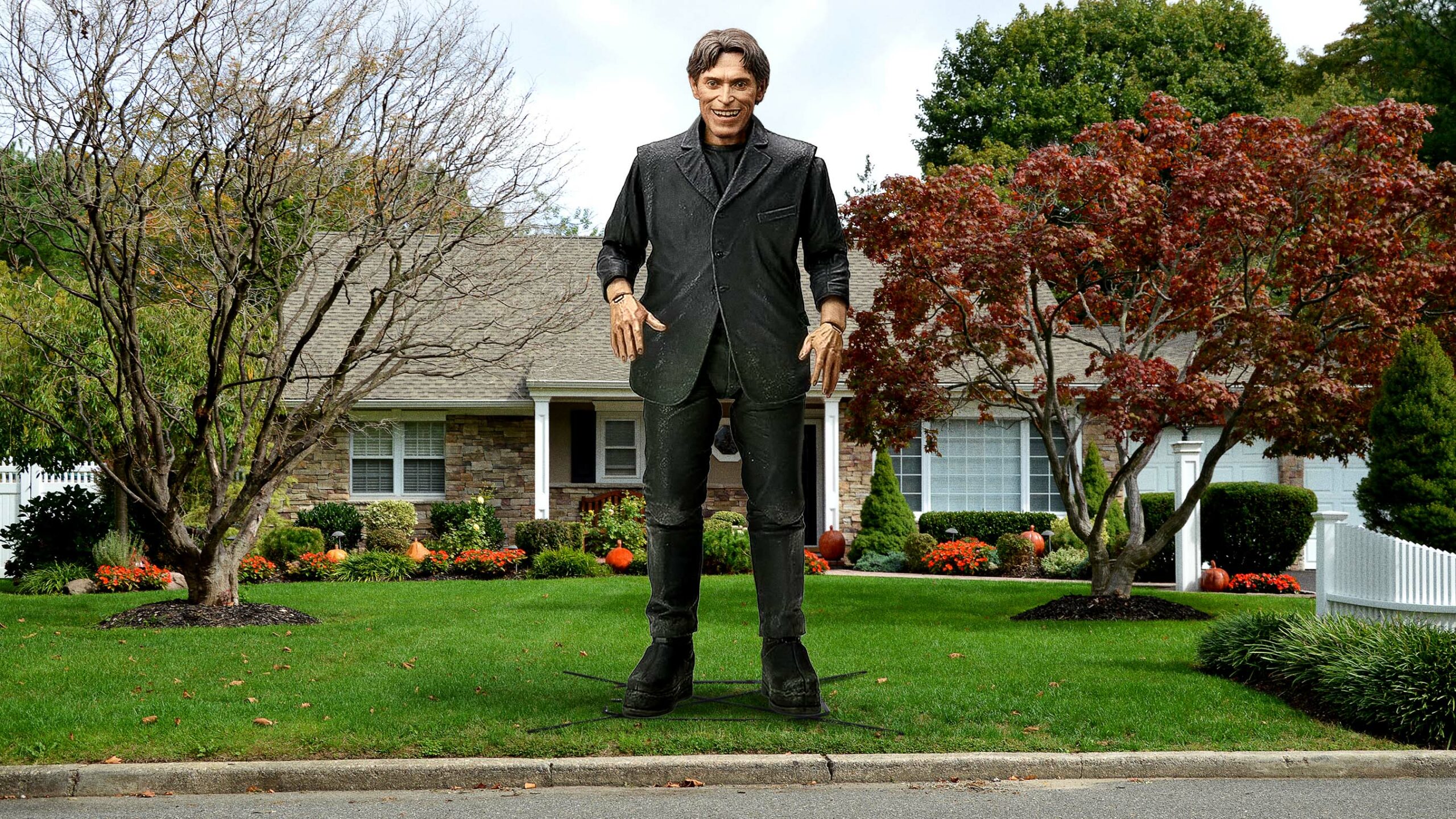Are You Missing the Crucial Smoke Alarm Count That Could Save Your Life?
Ever paused mid-toast to wonder why your smoke alarm suddenly screams like it lost its mind? Yeah, me too. We all treat these little home sentinels like background noise—barely batting an eye until bam—they’re howling because you dared to burn your breakfast. But here’s the kicker: these shrill little lifesavers slash the risk of dying in a house fire by nearly 60%. Shocking, right? Yet surprisingly, most folks only slap up one or two alarms, hoping that’ll do the trick. Spoiler alert—it won’t. Think of it like a fire safety symphony; you need more than just a couple of instruments tuned up to keep your family safe. Ready to stop treating smoke alarms like that annoying relative at the party and start respecting their life-saving superpowers? Dive in, and let’s get those alarms where they belong—the right places, in the right numbers, so you can actually sleep soundly at night. LEARN MORE

There are a lot of objects in your home you may not even think about until one of two things happens: Either it malfunctions, or you need it. Smoke alarms fall into this category. While most of us don’t give them much regard until one is set off by a smoky kitchen, the devices can be lifesaving. According to the National Fire Protection Association (NFPA), the rate of death by house fires is approximately 60 percent lower in homes equipped with alarms versus those without. That means nearly three out of five deaths due to residential or building fires occur when there are no functioning alarms.
Despite their importance, a lot of homeowners tend to install just one or two devices in places where they suspect a fire is most likely to occur. But expert say homes need a lot more smoke alarms than that.
How Many Smoke Alarms Are Needed in a Home
The cut-to-the-chase answer to this question is that you’re probably going to need five or more alarms in your residence. The exact number depends on your living space and layout.
Both the NFPA and the United States Fire Administration call for one smoke alarm to be installed in each of these areas of a home:
- Inside each bedroom
- Outside each sleeping area
- On every level of the home, basement included
Suppose you live in a two-story home with three bedrooms. You’d need one smoke alarm in the basement; one on the first floor; and one for each bedroom. You’d also need one in the second floor common area, like the hallway, which would cover the “sleeping area” segment. That’s a total of six. If you had a finished attic, that would make seven—or eight, if it was an attic bedroom and one needed to be installed near the entrance.
Why so many? According to the NFPA, modern furnishings have more flammable materials than in years past, meaning a fire that begins in one area of the home can spread rapidly to other areas. The more alarms that are installed, the better chance an occupant has to become aware of a fire and make a quick exit. Timing is critical: An individual may have as little as two minutes or less to get out of a burning building.
You May Also Like:
The reason for the concentration of alarms in or near sleeping areas is obvious: Fires may have a chance to spread before a sleeping resident is aware of them. According to the Fire Administration, half of deaths from home fires happen between 11 p.m. and 7 a.m.
If you go more than 30 feet in any direction without a smoke alarm on an individual floor, you may want to install another alarm. A second floor might have four bedrooms on opposite sides of the hallway some 40 feet apart. In addition to alarms in every bedroom, you’d install two alarms in the hallway for a total of six on that floor.
Quantity isn’t the only consideration when it comes to smoke alarms. In order for the devices to be effective, knowing the different types and ideal placement are both key.
Different Types of Smoke Alarms
Consumer alarms work by one of two common methods: ionization and photoelectric. In ionization units, the alarm uses a tiny bit of radioactive material to ionize air molecules and create a charged current. When smoke disrupts that current, the alarm will sound. Ionization is considered better for detecting fires with visible flames.
In photoelectric alarms, the introduction of smoke will scatter an interior light source projected onto a photosensitive cell. When this happens, the alarm will sound. These types of alarms may be superior to ionization units in picking up smoldering fires, like a lit cigarette.
Is one better than the other? The NFPA and USFA don’t endorse any particular technology. But some units combine both methods in an effort to be better at picking up a variety of fires: These dual sensor alarms are recommended by the Fire Administration due to their increased sensitivity. They may also add a third element, like a heat sensor, or combine a fire alarm with a carbon monoxide detector as well as voice alarms that “speak” a warning (“Fire!”) in addition to beeps.
Battery-Operated vs. Hardwired Smoke Alarms
Hardwired smoke alarms, where the alarm is powered by a home’s electrical wiring, are generally preferred by fire experts over battery-operated alarms. An NFPA review of home fires between 2018 and 2022 found that hardwired alarms worked in 94 percent of cases; battery-powered alarms worked 85 percent of the time.














